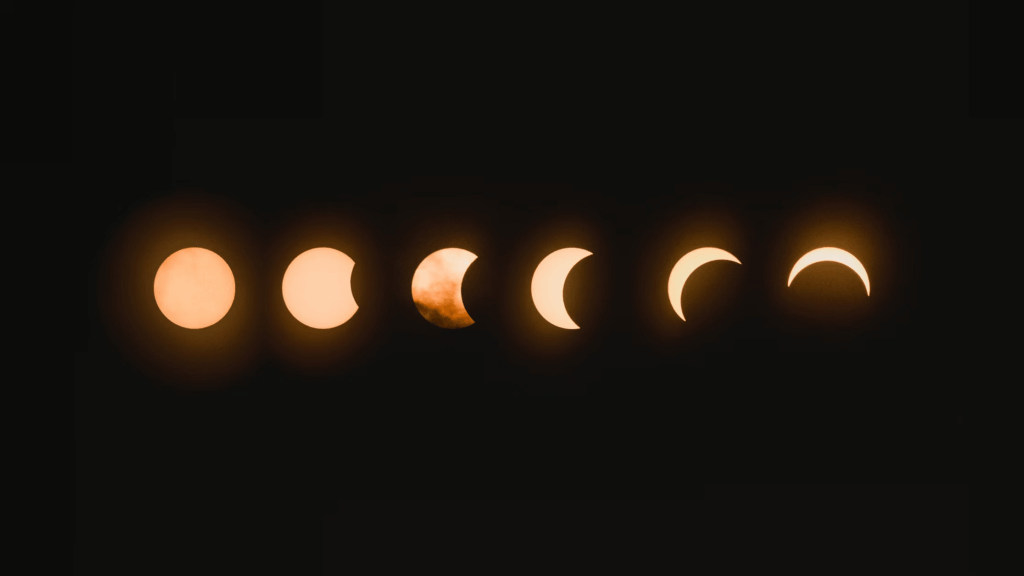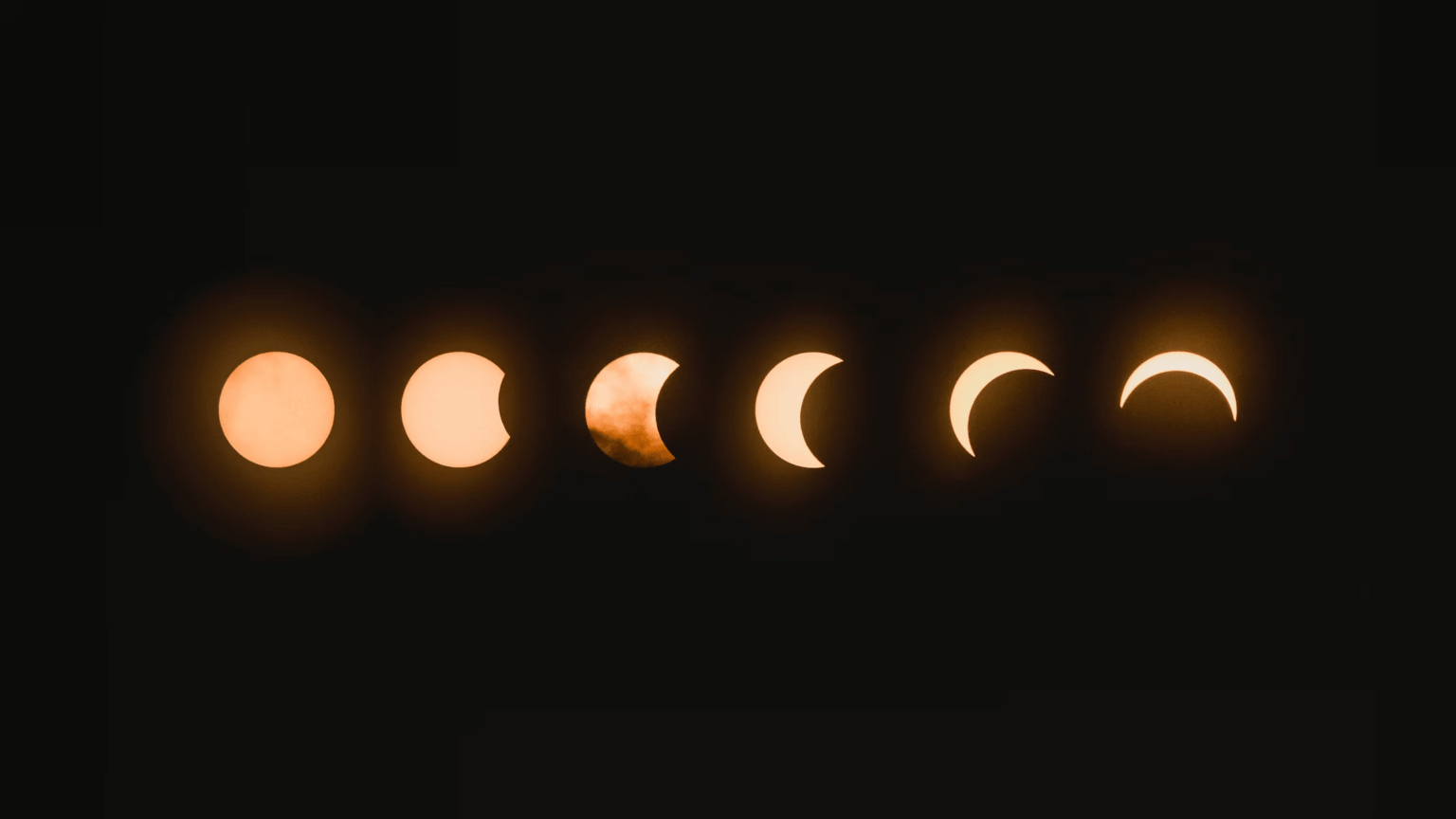Those who enjoy stargazing, as we all should, are in for a great treat right now. In addition to Comet 109P/Swift-Tuttle providing the year’s greatest meteor shower, there will soon be a lunar eclipse that will be visible to around 60% of the world’s population.
Between these more significant occasions, however, the Moon provides some delectable treats, such as frequent appearances by the Lunar X and, of course, the menacing Eyes of Clavius. The “Seven Sisters Eclipse” is one such delight that can be seen this month.
The Pleiades will be obscured from view on July 20 for watchers in the US and Canada as the fading crescent Moon passes in front of them.

“Commonly called the Pleiades or Seven Sisters, M45 is known as an open star cluster. It contains over a thousand stars that are loosely bound by gravity, but it is visually dominated by a handful of its brightest members,” NASA explains of the group of stars.
“The Pleiades cluster has been observed since ancient times, so it has no known discoverer. However, Galileo Galilei, the Italian scientist best known for discovering the largest moons of Jupiter and championing a heliocentric model of the solar system, was the first to observe the Pleiades through a telescope. M45 is located an estimated distance of 445 light-years from Earth in the constellation Taurus, though this number is not universally agreed upon. It has an apparent magnitude of 1.6 and can be seen with the naked eye.”
The cluster is known as the “seven sisters” despite the fact that only six of the stars are brilliant enough to be seen with the unaided eye. One of the “sisters” is always absent in stories from all over the world. According to earlier research, a seventh star might have once been seen in the distant past, but it is currently too near another star in the sky to be easily identified. Astronomers have even proposed that the Seven Sisters myth might be the oldest story still in existence because of how far back that star would have been visible.
In actuality, people see this specific eclipse rather frequently. According to timeanddate.com, it has really been visible each month since September 2023 and will remain so until July 2029.
“The Moon changes its position in the sky relative to the background stars, completing one orbit every 27.3 days, so the two will next pass each other in the sky on [August 16],” Anna Gammon-Ross, astronomer at the Royal Greenwich Observatory, explained to Discover Magazine.
“However, the Moon’s altitude in the sky varies as it orbits, so sometimes the Moon will pass above the Pleiades, sometimes below it, and sometimes, like in the case of [July 20], it will pass right in front of it.”
The eclipse of the Seven Sisters will be apparent to the unaided eye. That is to say, in the early hours of Sunday morning, you will still be able to view the Moon as it moves across in front of the Pleiades. Identify the Seven Sisters by looking towards the horizon, then observe how the Moon briefly obscures them from view.










